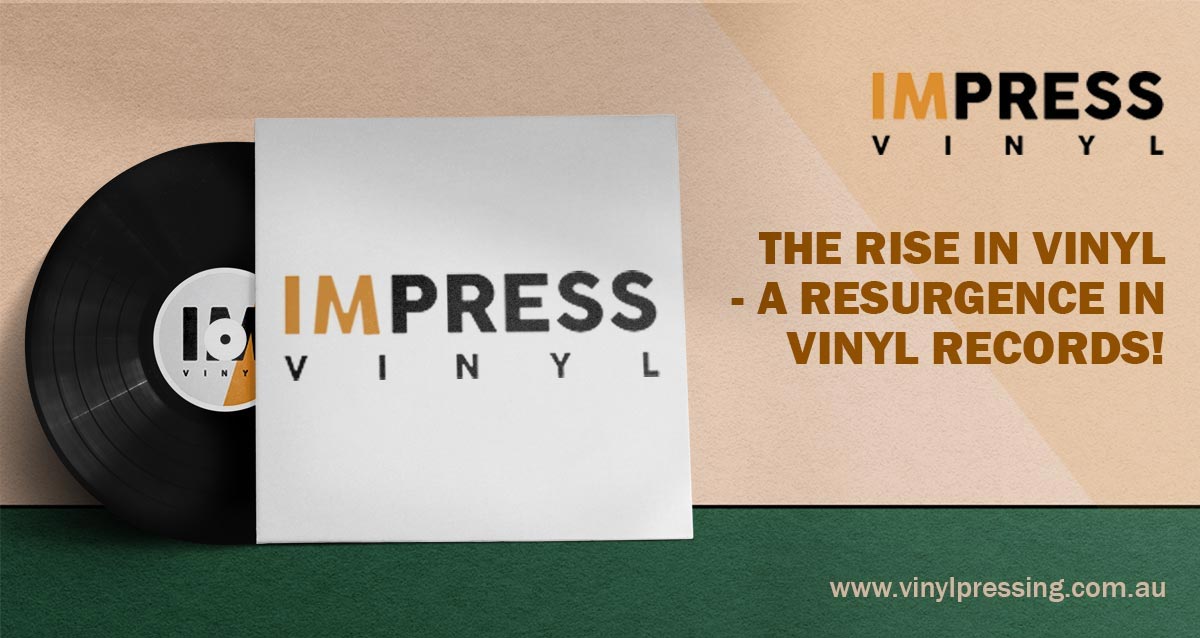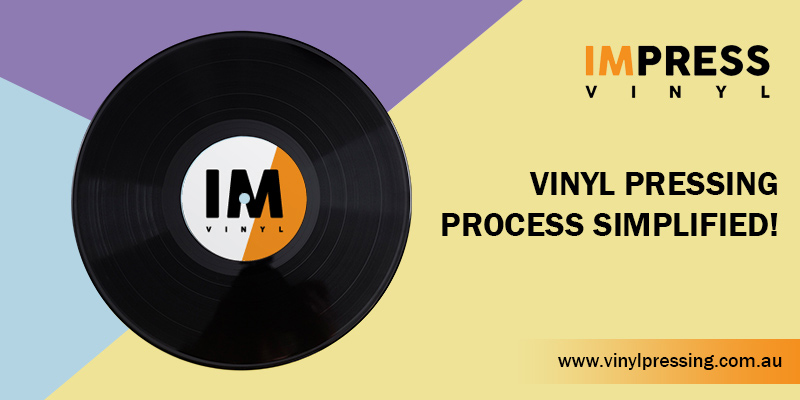The Rise of Vinyl Pressing

Vinyl pressing is the process of manufacturing vinyl records. A vinyl pressing company offers custom vinyl pressing services to produce rotating disks that store music, called vinyl records.
They are typically 12 inches, 10 inches, or 7 inches in diameter and inscribed with modulated spiral grooves.
The vinyl records boomed in the early 1910s and saw a decline in 1991. But, there has been a resurgence seen in the demand for vinyl records in the market and hence an increase in demand for custom vinyl pressing services.
The decline seen in 1991 was because of the advent of the CDs demand as the medium for sharing music with the consumers. Since then, the two have been compared in terms of the quality of music both the medium’s produce. Even though the digitally produced sound of CDs seems to be superior, there are vinyl record enthusiasts who claim that the conversion to digital for the CDs undergoes some loss.
There are two types of vinyl records that have been in the limelight since the rise in vinyl records that have been observed. The two types of vinyl records are as follows:
- LP (Long-playing vinyl record)
- EP (Extended-play vinyl record)
The difference between long-playing vinyl records and extended-play vinyl records are given below:
LP:
- 12-inch vinyl records play at 33 1/3 RPM and accommodate 10-12 track albums.
EP:
- 10-inches records play at 45 RPM, half the length of LP records, containing 3-6 tracks of 15-30 minutes long.
For the past 13 years, the revival of vinyl pressing has been on a high and consecutively seen increasing. The demand has also resulted in an extended period of production time at times. So, what are the processes involved in vinyl record pressing?

The Processes Involved in Vinyl Pressing
- Preparing the music for vinyl: The music is mastered in a certain way to ensure high-quality music, which needs to be done by the party who want the vinyl pressing done.
- Cutting music onto the lacquer: The sapphire tipped cutter is used to etch the sound on the lacquer disc. The music is recorded in real-time; it forms a continuous groove in the lacquer. The recorded lacquer is delicate and requires a nail polish finish that acts as a mold.
- Metal stamper creation: The lacquer is metalized with tin chloride, liquid silver dipped in a nickel bath. Removing the metal layer creates the 12.5″ metal stamper used to press.
- Press Testing: The white-labelled test press is done before one commits to the final vinyl pressing from the metal stamper.
- Labels: The labels are cut ready once the approved designs and artwork are printed and kept ready for the next step.
- Vinyl Manufacturing: Liquified black PVC pellets are turned into biscuits after running them through an extruder. With the labels on top & bottom of the biscuit and the stampers, the vinyl record is created after pressing at 100 tons of pressure at 200 degrees, followed by a quick cooling cycle.
- Printing and Packaging: The vinyl records packaging and shrink wrap are completed in a day or two with the jacket’s print, fold, and glue.
- Delivery: The last step, which delivers the vinyl records from a vinyl pressing services provider, is done within 8-10 weeks from the start of the project.
The vinyl records are present infamously in black; however, the vinyl pressing Melbourne, Australian company that we are, we provide records in 12, 10, 7’s with any packaging in stacks of colours.
Any vinyl pressing services provider also provides custom vinyl packaging from Sleeves, gatefolds, inners to many more options. The limit is that there is no limit in the kind of speciality packaging you can get for vinyl records.
How does the future look for custom Vinyl Pressing?
One never guessed that vinyl records would find such massive popularity over the years. The vinyl records that originated hundred years ago are now undergoing an improvement in record pressing technology, record players, and the materials used to make records. At Impress Vinyl, we keep up with the latest technologies and provide the best sounding vinyl records.